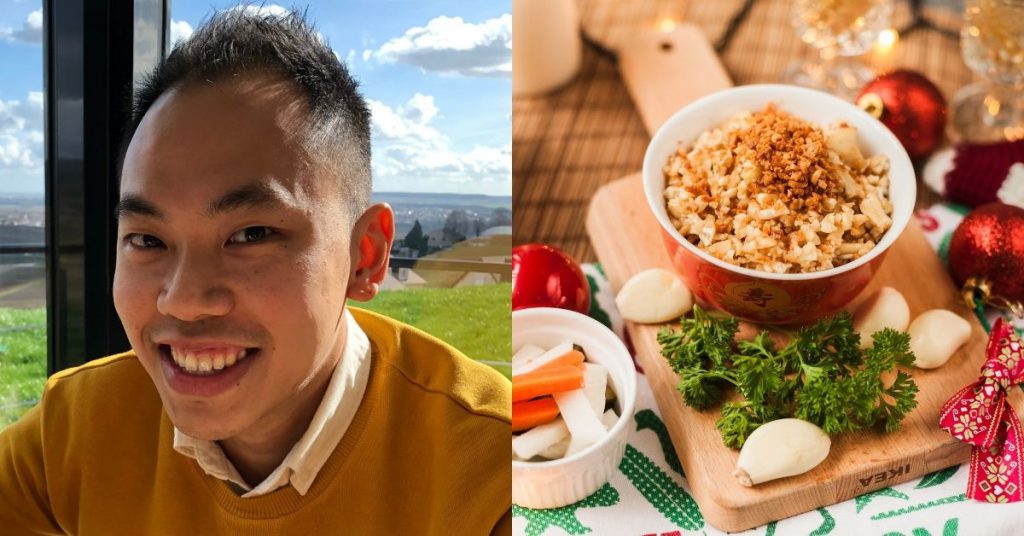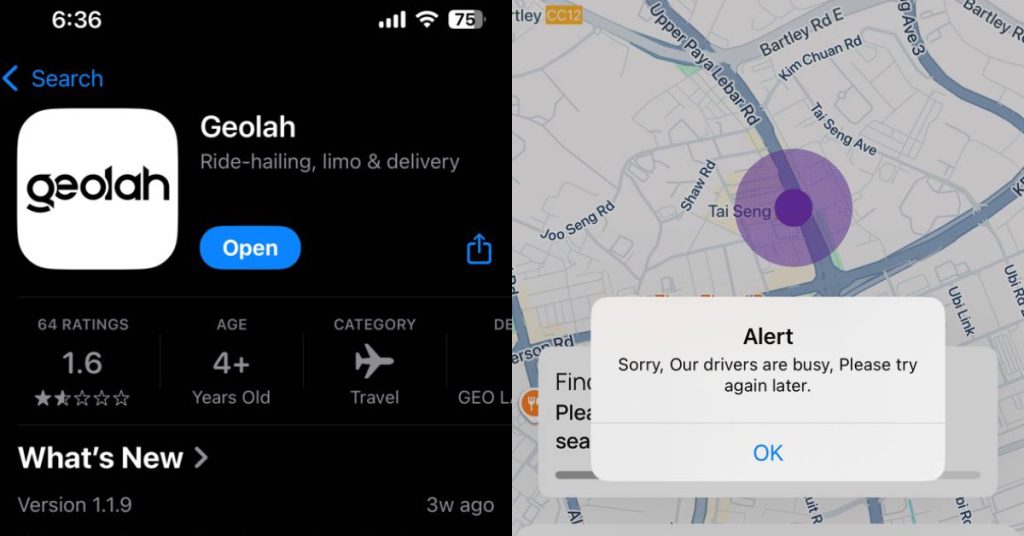On the days I crave fried rice, finding a healthy version of it isn’t something I think about. Stores I’d usually gravitate to are hawkers like Uncle Soon Fried Rice for their spicy sambal and punchy wok hei, or any other nearby Chinese restaurant.
Kenneth Lai knew his dishes couldn’t compete with these affordable mom and pop stores in the Malaysian market, so he co-founded a brand around cauliflower rice to form Cauli & Rice.
His Not-So-Healthy Beginnings
Selling cauliflower rice was actually accidental for Kenneth, who initially started off selling fried chickens from a central kitchen for takeaways and deliveries under the M Fried Chicken brand. “It’s probably the total opposite of the idea of being healthy,” he realised.
The brand saw some success selling the fried chickens that were paired with good ol’ fried rice to act as tummy fillers. But soon, they noticed an influx of customers just buying the fried rice without the chickens. Orders like these would happen often enough, making them realise that their fried rice had standards.

So, the team dived in on enhancing their fried rice with Malaysian flavours in mind. Kenneth also questioned his co-founders, “How are we different from the rest of the really glorious hawker places where the sifus serve up fragrant wok-fried rice?”
“And then I remembered having cauliflower rice myself some time before. It’s light in flavour, low in calories, and looks almost like white rice when the cauliflower was shredded.”
The team rejected his idea immediately.
Never having tried cauli rice themselves, they were even more sceptical about having it fried. But they eventually compromised, deciding to put it on the menu as an option, while still keeping white rice available for their rice bowls.
Perhaps Kenneth even had an “I told you so” moment for his team when they sold out all 2kg of cauli rice by lunchtime. That was only the first day of their market test in Subang Jaya 2 years ago, and 2 weeks later, they were shredding 10kg of cauliflower rice per day.
“We were humbly surprised by the acceptance of it so we started shifting our focus from M Fried Chicken to selling cauliflower rice for Cauli & Rice,” Kenneth told Vulcan Post.
Cooked-To-Order Bowls
Fresh cauliflowers are delivered to Cauli & Rice’s kitchens where they’re rinsed and dried to ensure there’s no build-up of extra moisture, as cauliflowers have high water content. The vegetable is then shredded with the restaurant’s customised machines to produce cauliflower rice in sizes that imitate white rice. It will then be kept in a chiller inside containers to be fried upon order. This process is usually done on a daily or 2-day basis.

The assembly of a rice bowl at Cauli & Rice is similar to salad bars and poke bowl shops. Customers can choose their preferred type of rice and vegetables along with raw and cooked foods to build their bowls.
However, with Cauli & Rice, all ingredients are cooked-to-order to reduce wastage. Raw ingredients that don’t get used up at the end of the day are simply packed away, refrigerated, and used for the next day.
1 standard serving contains 350g of cauliflower rice, and its founders also had to make sure that the cauli rice is well seasoned with Malaysian inspired flavours, as it can be quite tasteless without.
“The flavour of cauli rice is quite bland and light by itself, which is also the reason why it is suitable as an alternative to normal rice where it can complement the flavours of other dishes or ingredients without overwhelming them,” Kenneth affirmed.
“We have our in-house soy sauce concoction that we cook ourselves to elevate the flavour and give it a slight bit of saltiness to the mild and neutral flavour of cauli rice.”
The store’s top 3 best-sellers are their Belacan Caulirice, Garlic Caulirice and Tom Yam Caulirice, priced between RM11.90-RM13.90 each. In honour of Malaysians’ love of curry, they’ve also launched their Curry Caulirice (RM12.40) in April this year.
Not Targeting The Keto Segment
My first assumption of the business was that they were likely catering to customers with low-carb or ketogenic diets, as cauli rice tends to be a favourable alternative for it.
Not to mention, the ratio of customers ordering cauli rice to white rice bowls are 75:25 respectively, according to Kenneth.
When asked about their customer’s dietary preferences, Kenneth shared, “With our experience of speaking to customers, I would say a majority, like 80-90% of the people who order our cauli rice are health-conscious people, generally putting more effort into their wellbeing.”

Taking into account the soy sauce used in the rice, he added that the dishes aren’t actually 100% keto-friendly. This is because he thinks the ketogenic customer segment may be too niche in the country and doesn’t have enough data to justify its economics yet.
Hence, Cauli & Rice is targeting the mass Malaysian market who simply want a quick, healthy dish they can pack and go, which also explains why they’re located in areas with high foot traffic.
That’s A Lot Of Cauli
Since starting in 2019, Cauli & Rice now has 3 outlets located in Subang, Damansara Utama (DU), and recently, Sri Hartamas, all densely populated residential and work areas.
Each outlet remains a take-out and delivery kitchen today with no dine-in areas—a business model they used even pre-pandemic. Even so, they were selling about 6-10kg of cauli rice per day, with a significant drop to 3-5kg per day during MCO 1.0.
“There was a period post-MCO 1.0 that we were doing almost 35kg per day for 2 outlets after the DU branch opened in May 2020. So we were shredding about 1 ton of cauliflower in a month then,” Kenneth shared. Translating that into bowls, they were selling about 100 portions of rice per day.
With the promising reception they’ve seen over the years, Cauli & Rice’s team hopes to eventually open a retail outlet that welcomes dine-ins to establish a physical presence.
Featured Image Credit: Kenneth Lai, co-founder of Cauli & Rice












